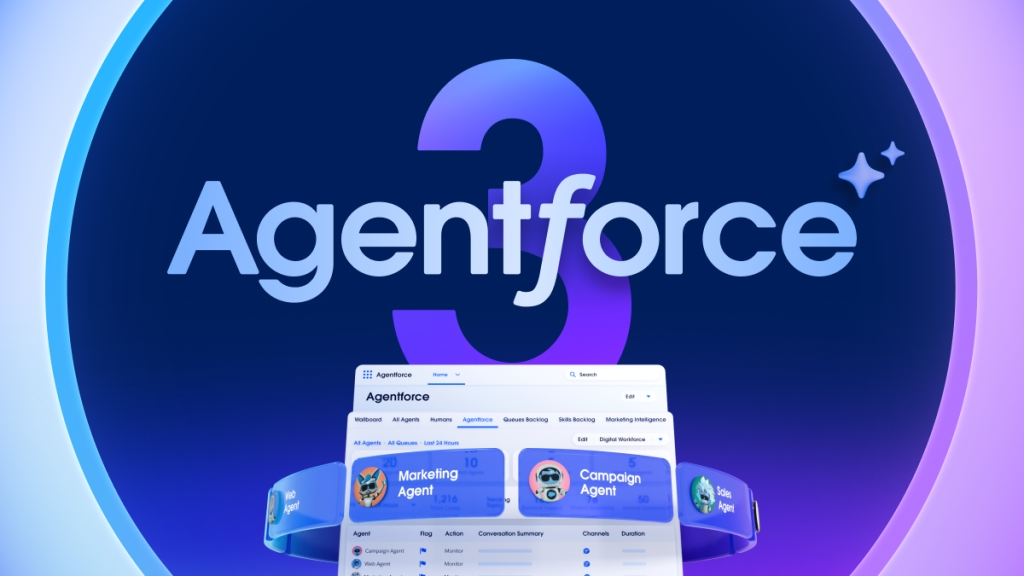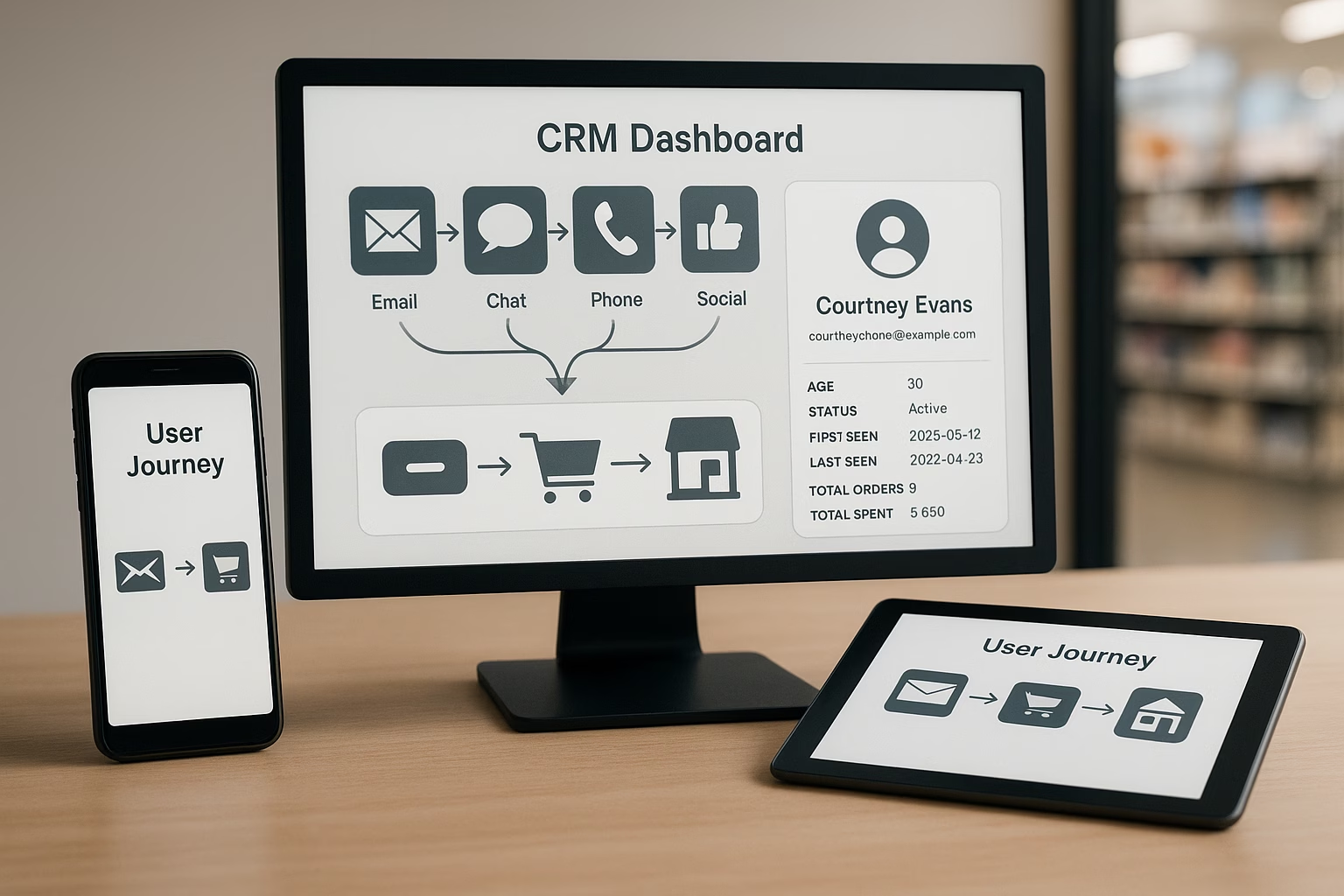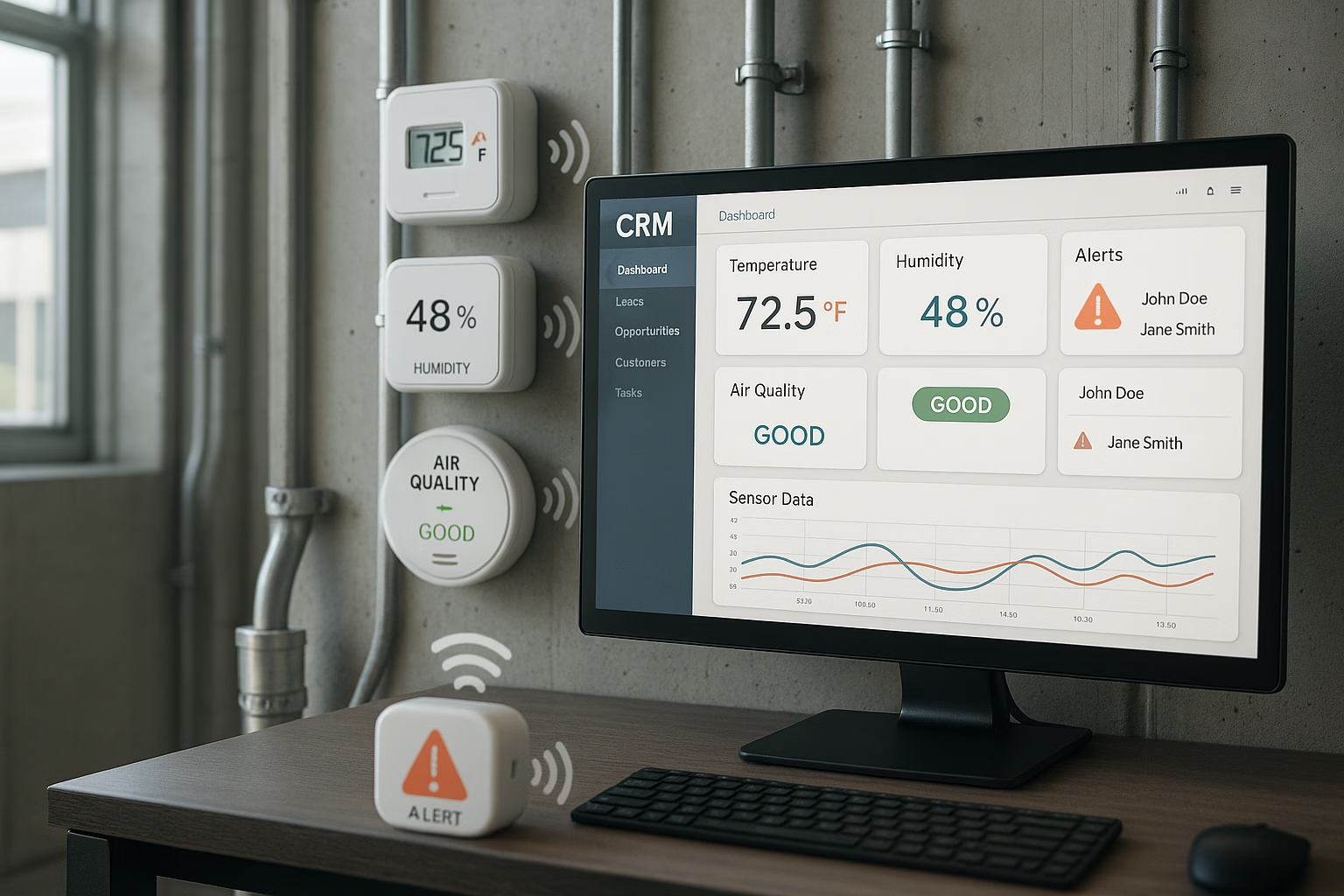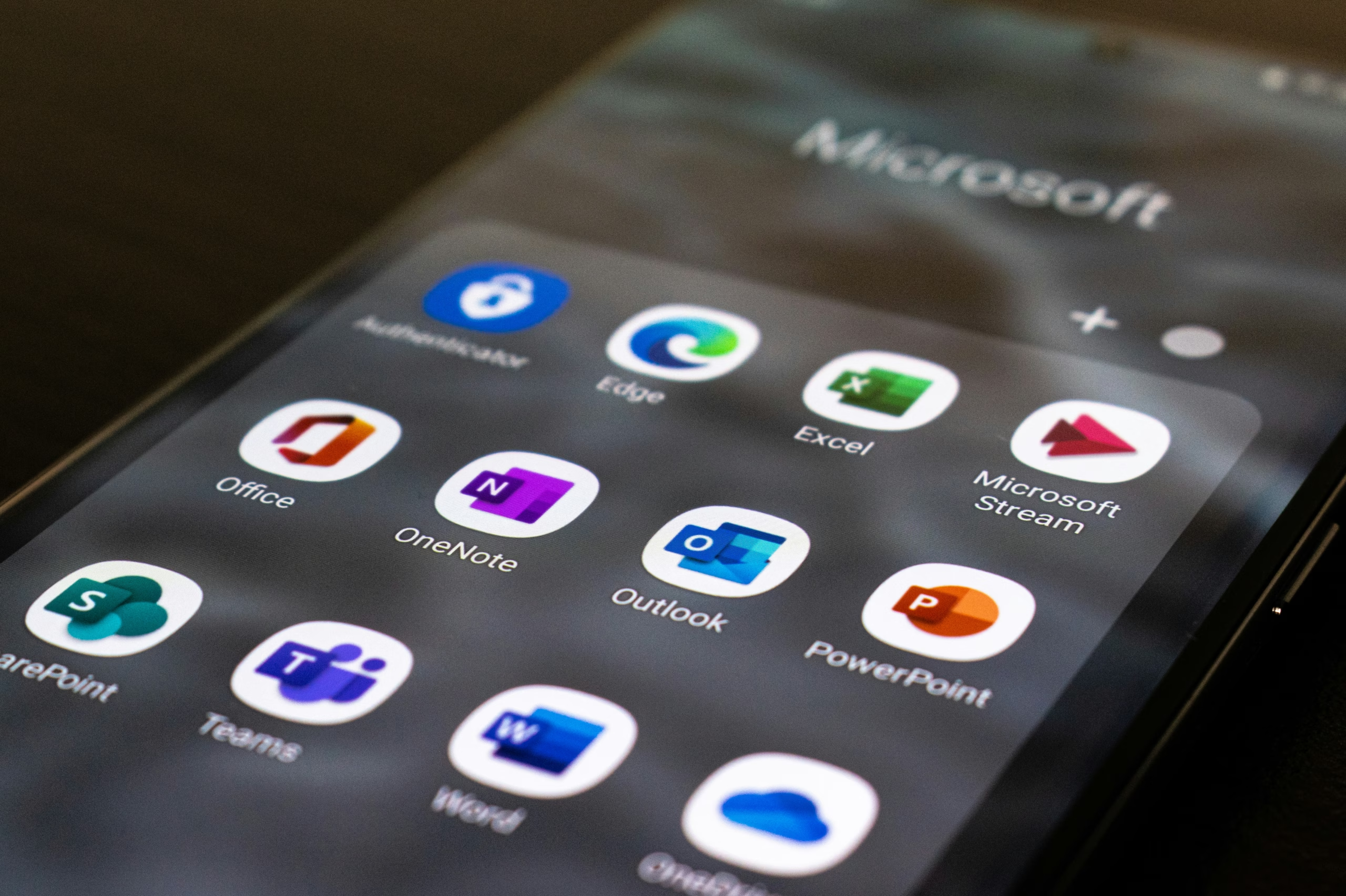Getting noticed isn’t always the hard part. The real challenge in B2B marketing is turning awareness into action. How do you move from being just another name in someone’s inbox to a brand they trust? And no, it’s not about blasting messages to as many people as possible. It’s about building meaningful connections with the right audience. Every touchpoint matters. Are you targeting the right people? Is your messaging cutting through the noise? Are you keeping prospects engaged long enough to drive real decisions? Marketing and sales need to work together, using data, storytelling, and strategy to move leads from interest to commitment. Let’s break it down.
Finding the right people, not just more people
It’s tempting to cast a wide net, but a focused approach delivers better results. More leads don’t always mean better leads. What you need are the decision-makers with the authority and budget to buy. According to McKinsey, companies that use intent data and firmographic insights are 2.5 times more likely to see a strong return on investment. AI-driven tools help pinpoint high-value prospects, while account-based marketing (ABM) ensures outreach is relevant and personalised. Rather than blasting messages to thousands, targeted LinkedIn ads, personalised emails, and strategic content keep your brand in front of the right people. That increases the likelihood of conversion.
Making your message count
Once you’ve got their attention, what are you saying? Generic marketing content gets ignored, especially in industries where decision-makers are constantly being pitched. Your message needs to hit home, addressing specific pain points in a way that feels relevant and actionable. Think about it. A CFO considering a software solution is looking at cost savings and ROI. An operations manager, on the other hand, is more concerned with usability and implementation timelines. According to Forrester, 80% of B2B buyers engage more with brands that provide personalised, relevant content. The more tailored your message, the stronger the connection. That leads to better engagement.
Turning interest into action
Getting noticed is one thing. Getting prospects to take the next step is another. A well-structured lead capture process makes all the difference. Thought leadership content, industry reports, and webinars can spark initial interest. But if the conversion process is clunky—slow landing pages, poor follow-up, or too many form fields—potential leads will drop off. Companies that use interactive tools like AI-powered chatbots and dynamic content recommendations see a 20% increase in engagement, according to HubSpot. Lead scoring also makes a big impact. Research from MarketingSherpa shows that businesses using lead scoring see a 30% improvement in close rates. The more you refine your process, the easier it becomes to separate serious prospects from casual browsers.
Keeping prospects engaged (without being pushy)
B2B buyers don’t make decisions overnight. Long sales cycles, multiple stakeholders, and budget approvals mean you need to keep the conversation going without becoming a nuisance. Lead nurturing is about staying relevant. Automated email sequences help, but adding a personal touch (like sharing a case study that directly relates to their industry) makes a bigger impact. DemandGen reports that businesses that nurture leads see 50% more sales-ready prospects while reducing acquisition costs by 33%.
And let’s talk about retargeting. How often do you browse a product, leave the page, and then see ads for it later? That’s no accident. Research from AdRoll shows that 92% of website visitors don’t convert on their first visit. Retargeting keeps your brand top of mind, increasing the chances of bringing them back when they’re ready to make a decision.
Making the handoff to sales seamless
The marketing-to-sales transition is where a lot of deals fall apart. If a lead has been nurtured for weeks, the last thing you want is for the sales team to start from scratch. CRM data helps bridge the gap. When your sales teams know exactly how a lead has engaged, e.g. what content they’ve read, which emails they’ve opened, they can pick up the conversation naturally. Businesses that align marketing and sales generate 208% more revenue, according to MarketingProfs. The key is shared data, regular communication, and clear ownership of the process so no opportunities slip through the cracks.
Measuring, adapting, and growing
B2B marketing isn’t a one-and-done effort. It’s a continuous cycle of testing, measuring, and refining. What’s working? What’s not? The best marketing teams use data to adjust their strategies in real time. According to Gartner, companies that rely on data-driven marketing decisions outperform competitors by 20% in revenue growth. AI-powered analytics make it easier to track performance, optimise content, and tweak campaigns based on actual results. The more you refine your approach, the more effective your marketing becomes.
At Sirocco, we help businesses take a structured, data-driven approach to B2B marketing. With the right mix of strategy, technology, and industry expertise, we help you attract leads and turn them into long-term customers. Book some time with us to discuss your ambitions:










